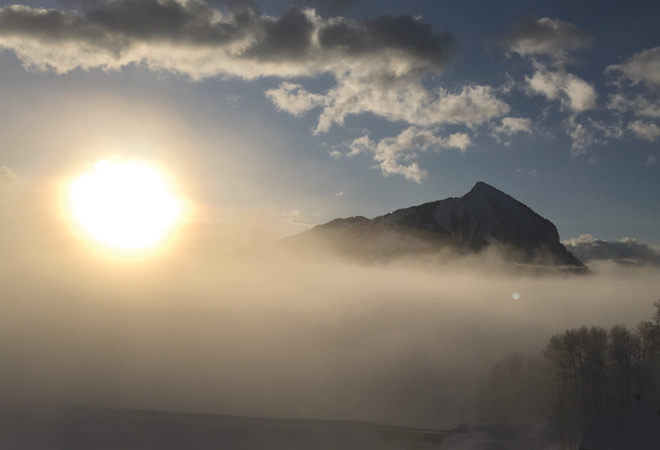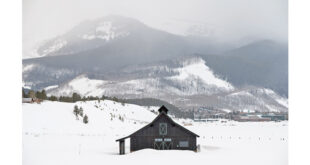The housing plan approved this month by the Gunnison Valley Regional Housing Authority is pretty much what you might expect. There are a lot of good ideas in the plan that include some out-of-the-box ways to assist local workers in living here while respecting the character of different parts of the valley. There are a lot of charts, graphs and statistics showing the need for workforce housing. It is focused on what public housing has been done so far and generally, what public housing efforts might be expected.
GVRHA executive director Jennifer Kermode described the plan as a roadmap and it is. In fact, it is more roadmap than, say, a concrete blueprint that results in a final structure. It is a document outlining how to drive to the structure that will eventually be built but not how to exactly build it. And at this point that is probably appropriate. There are ideas on what roads might be used to arrive at the ultimate location of workforce housing nirvana. But the plan doesn’t pinpoint that place just yet.
The ideas—or roads, if you will—acknowledge that trying to solve the affordable housing dilemma means more than building a $200,000 deed-restricted home for a local family. It recognizes that things like “energy efficiency, transportation, healthcare, childcare, and local wages are all ingredients in a sustainable local cost of living.”
But this roadmap is missing, in my opinion, one major element: the foundational component of what the major employers in the valley are contributing to the plan. I don’t know if the big employers are a highway or a side street on this roadmap.
Under the 2016 housing needs assessment, the idea was that the public sector—you and me, as taxpayers—would help facilitate 420 (how Crested Butte appropriate) units. The private sector would fill in with 540 units. If you count the projects approved for the coming year, the public portion of the plan is well on its way, with nearly 200 units in the affordable housing pipeline up and down the entire valley. The private sector—not so much. Kermode said fewer than 50 such units have been built by the free market sector.
And that makes free market sense. If I managed a big institution or owned a big company—say, a ski area controlled by, say, Vail Resorts, and the local public officials were all pledging to build more housing—I’d let them. That’s a whole heck of a lot cheaper than building it on the company’s dime and it solves a problem without dinging the shareholders.
But that is the part of the road map that’s pretty much missing. The one portion of the plan I see addressing that element is where it states that the GVRHA will “Assist major employers in drafting their housing strategies that align with their goals and with the roles the GVRHA can play for them.”
The roadmap needs more.
I want to know what Vail Resorts, Western Colorado University, Gunnison Valley Health, the school district—all major employers in the valley—plan to do to help solve their workforce housing problem. The public sector needs to know what the private sector is doing to facilitate a comprehensive plan. The big guys need to step up and do more than pledge that they’ll swoop in and take on master leases for publicly built housing. They need to build some of their own or contribute real money or real land to the effort at the very least. Because if they don’t step up, it all falls on the public and the taxpayers—you and me—and while this liberal-leaning valley appreciates a social “safety net,” I don’t think it wants to fund a “corporate welfare” program.
This plan is good as a starting point. It looks at different ways to help workers afford to live here—from building homes and potentially contributing land to possibly helping with financial burdens such as down payments and helping to reduce utility bills. It touches on how smaller employers can get involved and potentially help their workers obtain good housing near their jobs.
It makes sense that the roadmap is a little nebulous right now—there are literally hundreds of deed-restricted units being built soon in Crested Butte, Mt. Crested Butte, Gunnison and the county. Let’s see how all of these new units sell and fill up before going all-in with another 250 public units. And I might advise again, as the government entities take the lead and build real units, that they consciously set aside some of those units for the public employees who work for them (us).
The bottom line is that how the major employers in the valley (private and public) contribute to the housing solution is an integral part of any long-term community housing strategy. That part of the plan needs to be as clear as the government portion. Without that part of the roadmap being clearly defined, it would be like an 18-wheeler deciding to drive over the Devil’s Punchbowl because that blurry section on the map seems like a quick shortcut. It isn’t.
—Mark Reaman
 The Crested Butte News Serving the Gunnison Valley since 1999
The Crested Butte News Serving the Gunnison Valley since 1999






